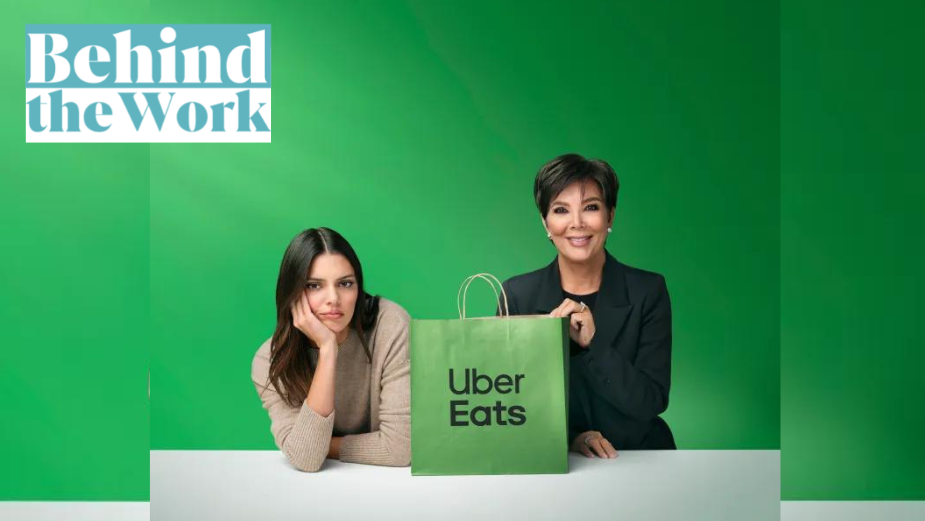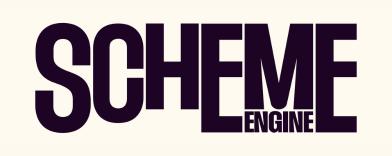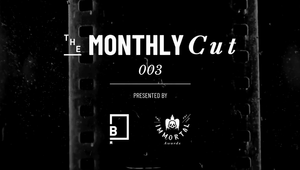
How Uber Eats and Special Group Got ‘Almost Almost Anything’... with Help from Kendall Jenner

LBB> SG, where did "Get Almost Almost Anything" come from - and how did you translate it into this fast paced, gag-a-second script?
SG> Like so many ideas, ‘Get Almost Almost Anything’ started as a smart alec-y remark during briefing discussions. Someone said, “We need to let people know they can get anything on Uber Eats now”. Then someone else chimed in, “well, almost anything”. The unnecessary clarification made us laugh. It took this massive over-claim and made it disarmingly honest and literal. And the more we thought about it, the more we thought that would sound great coming from the brand.
‘Get Almost Almost Anything’ says you can get a huge range of things delivered via Uber Eats, but it’s also self-deprecating in a way that’s unusual for big brands.
As for the fast-paced script, it was a creative decision born out of necessity. We wanted to showcase the breadth of items people can order on Uber Eats, but we also wanted to change things up from ‘Tonight, I’ll Be Eating’ which had a very successful (and very familiar) structure. ‘Get Almost Almost Anything’ needed to be recognisable but sufficiently different so that viewers would notice this is something big and new.
On top of all of that, the launch spot opens with someone asking “I’m on Uber Eats, want anything?”. We did that because it’s something people really say, but there’s also so much potential in that open-ended question. It’s ripe for comedic misunderstanding, whether you’re Shannon Noll or a new mother who has just given birth.
LBB> UE, Uber Eats’ previous tagline, "Tonight I'll be eating", has huge awareness. So what drove the decision to change things up?
UE> The long-term commercial results of the internationally acclaimed “Tonight, I’ll Be Eating campaign” cannot be overstated. It was so effective domestically it was exported globally, and there may be more to come.
But for now, the time has come to back a new format - one that captures where our brand is at now - offering grocery, alcohol, convenience, flowers, pet supplies, pharmacy and a heap more in the year ahead. You can feasibly get almost, almost anything.
However, the decision was not taken lightly - especially given how much brand value has been built into the platform to date! We have deliberately carried over as much equity as possible from “Tonight, I’ll be eating…” to ‘Get Almost Almost Anything’ - from the tone-of-voice, distinctive brand assets and ad style, to the way we use celebrities in service of a cultural gag.
LBB> Can you tell us more about the strategy behind the new platform?
UE> It’s about repositioning Uber Eats from a service for the immediate delivery of just restaurant food, to one where you can get absolutely anything delivered, on demand. This positioning statement itself is what inspired the creative leap for the new platform. Can you get anything? Really?
Well… not quite. While Uber Eats is on a mission to keep adding as many products to its app as possible (and there are already some pretty unexpected things available!), it’s a bit of a stretch to claim you can get anything delivered. So our platform really plays with this truth - it’s an admission that actually, Uber Eats can’t get you anything. It can’t get you a camel, a plumber or a Hollywood cameo, and it certainly can’t get Mark ‘the poo’ Philippoussis a new nickname.
LBB> On that note, SG, the ad is chock full of those gags built around the personalities of famous folk. How did you come up with them?!
SG> We asked, “what are jokes that celebs probably wouldn’t make about themselves?”.
Then we pitched those.
LBB> And how difficult was it to coordinate the shoot with so many people and across so many locations?
SG> We worked with the best producers in the world (both agency and production side), so it was really easy for us. But if you asked those producers, they might give a slightly different answer.
LBB> UE, how significant is the use of celebrities in ads to aid awareness and cut through?
UE> The short answer is “very”.
As an idea, ‘Get Almost Almost Anything’ works without celebrities. We know because we have executions in the campaign that don’t feature famous people. But when someone like Kendall Jenner delivers a self-deprecating joke in service of the idea, millions of extra people pay attention. In a time when people pay good money to avoid ads, celebrities work as a media channel in their own right.
Fans seek out content that features their favourite stars. Then, they talk about it, share it, and put reaction videos on Tik Tok that get millions more views from people who probably never turn on a TV.
Simply put, including celebrities is a very deliberate strategic decision. Celebs get eyeballs. But what Uber Eats does well is to make sure their inclusion feels relevant, entertaining and reinforces the idea rather than just hogging the limelight.
LBB> SG, what were the main creative touchstones when putting the spot together? Any films or TV shows or other advertisements that you cite as inspirations?
SG> Other Uber Eats ads. It sounds like a cop-out, but it’s true. The brand has such a rich history of fun work both here and abroad, so we looked at the best of the bunch and took learnings and cues from those jobs.
We looked back at “Tonight, I’ll be eating” work like ‘Shaz and Kim’ and ‘Grey Wiggle’, and the cultural impact you can create when you use celebrities in the right way. We also took inspiration from the “Uber Don’t Eats” Super Bowl work. It showed how a simple, silly idea can be powerful when executed with an epic sense of scale.
That said, the past work was the benchmark but not the blueprint. We wanted ‘Get Almost Almost Anything’ to feel like it was from the same family but new and fresh… kind of like a cool younger sister with rollerblades.
LBB> Finally, UE, these are interesting times for the food delivery market. Obviously, the pandemic delivered a significant bump to the category - so how has Uber Eats managed that transition?
UE> Even as the macroeconomic environment remains uncertain, Uber’s business is stronger than ever. We just reported our strongest quarter ever globally with Delivery continuing to show resilience post-pandemic.
In Australia, online food delivery has become an everyday use case for consumers, it has definitely matured during the pandemic as the late majority of consumers all adopted app-based delivery for food for the first time, and existing category users expanded their use-cases for the services. In particular, we are seeing the emergence and rapid acceleration of grocery and other retail on-demand delivery, which is now what we’re shifting our focus towards.
To support all these behaviours, we also launched our Uber One membership offering, enabling consumers to use the platform for more use-cases affordably. Uber One provides true savings and perks across rideshare and delivery, and we have already seen huge adoption of this program by our customer base.
Looking forward, our focus continues to shift towards creating the next big category to improve our consumers’ lives, for example, on-demand groceries and retail, transport solutions to reduce car ownership, etc.















